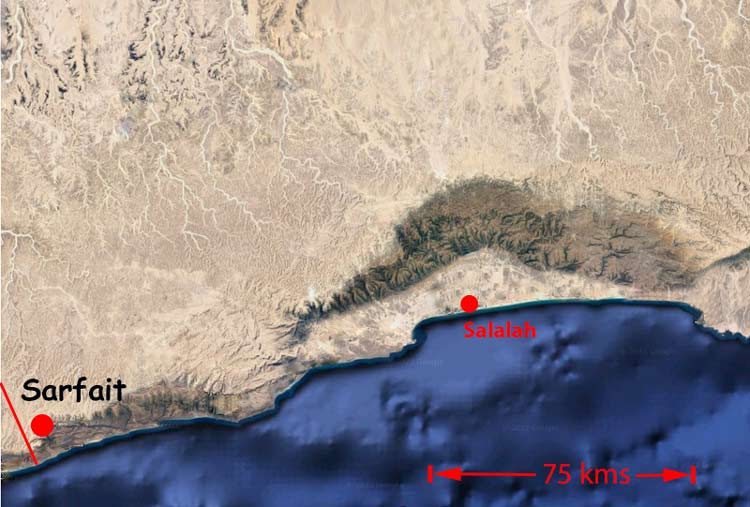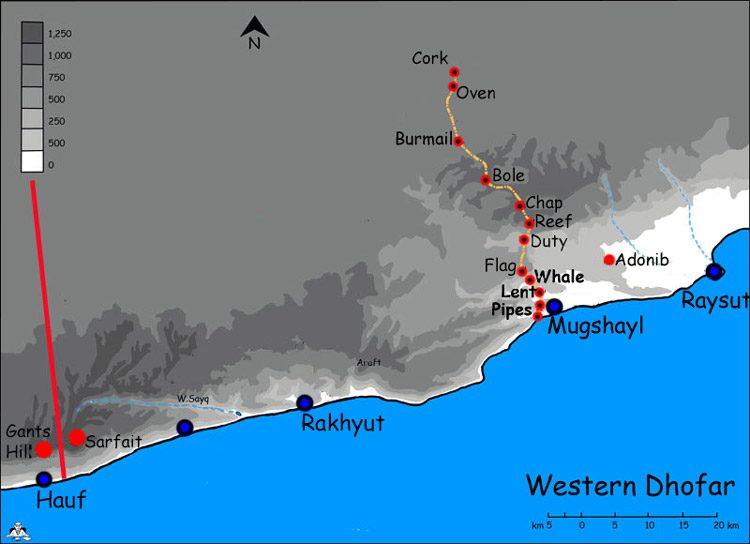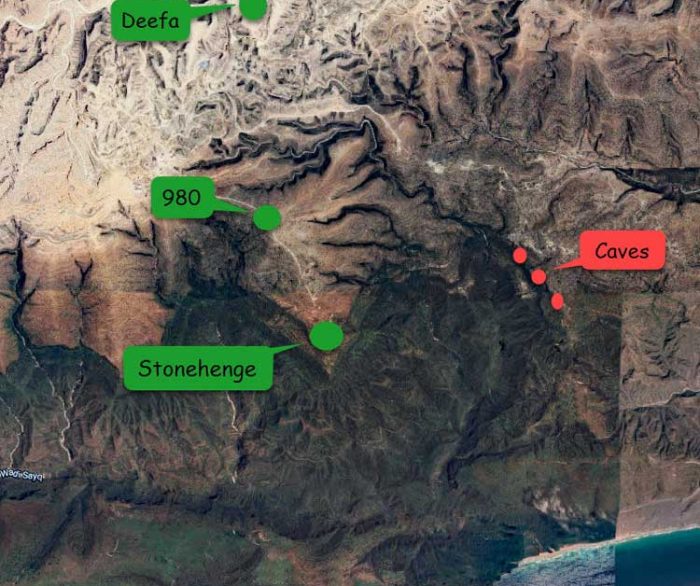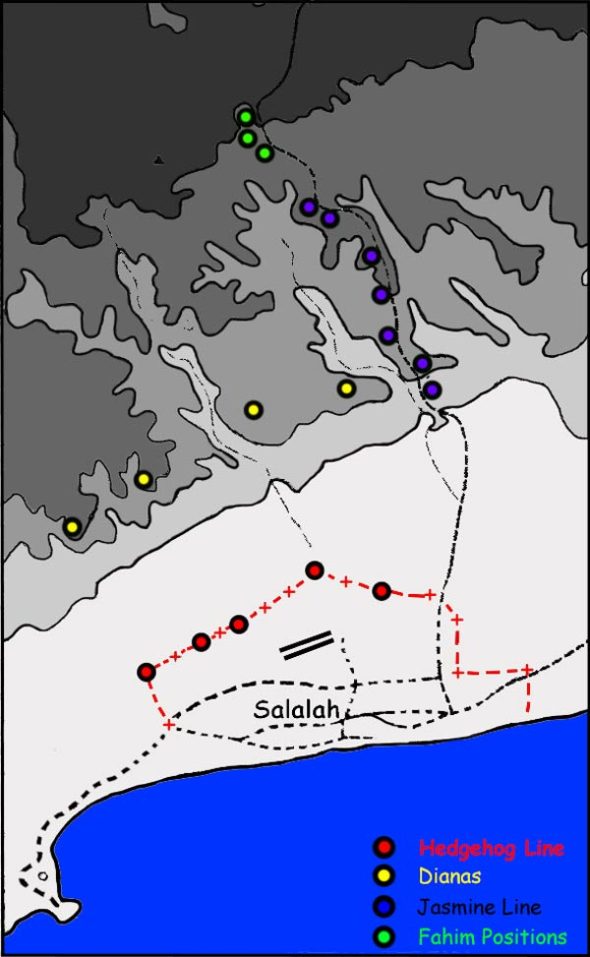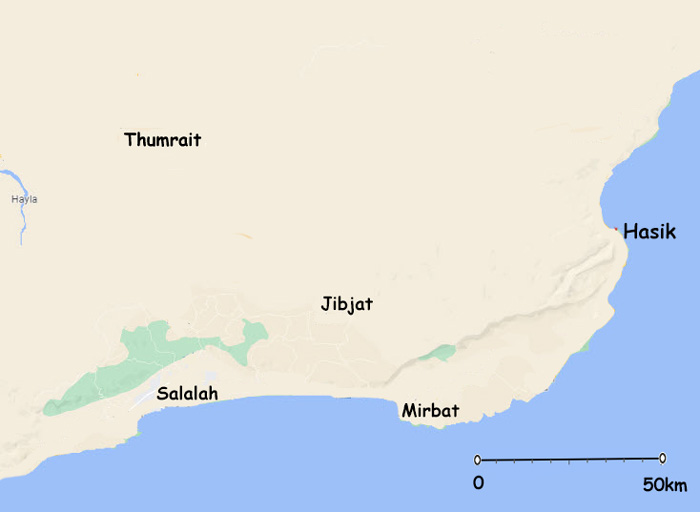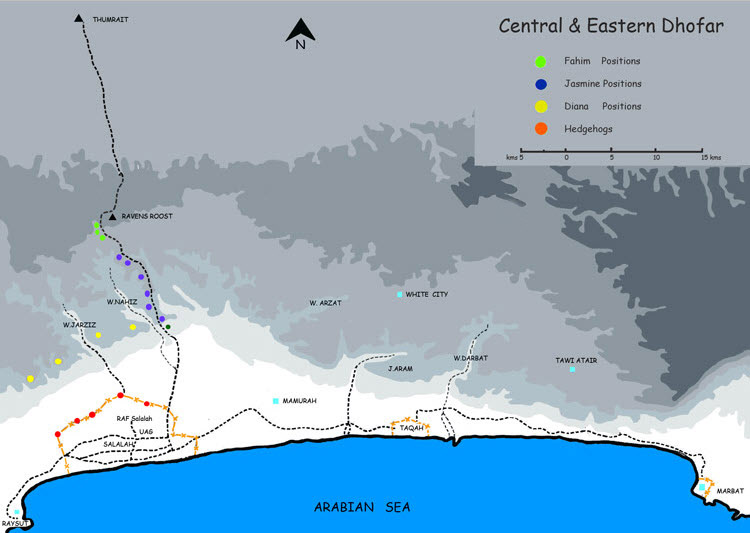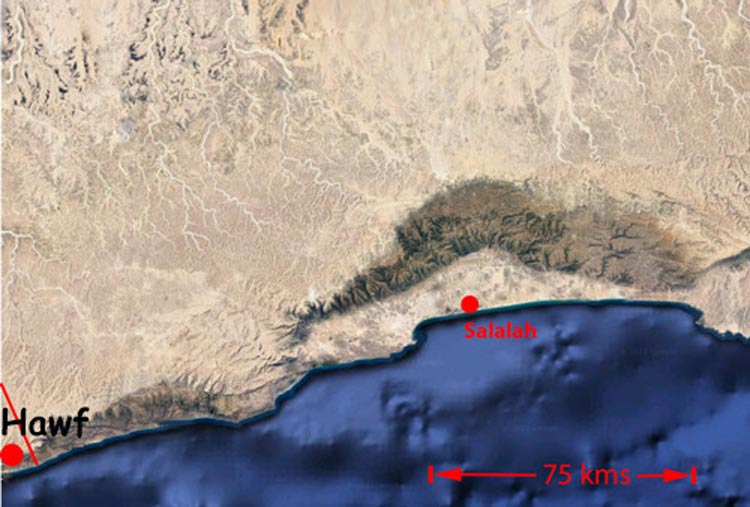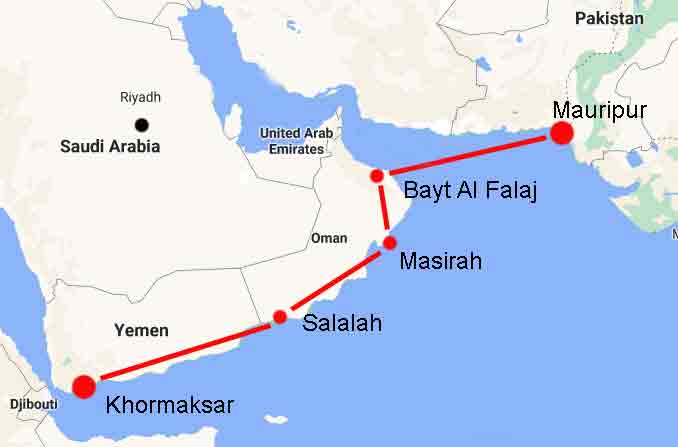
A detachment from the temperate United Kingdom or the fridgid wet north German plain of BAOR was something of a challenge to the members of the FST. Almost all speak of the hot humid blast of air that met them when they stepped off the plane in Salalah. It was fortunate that there was no requirement in the first few days to engage with strenuous tasks. We could gradually increase what we did to the point of carrying patients around on stretchers in the heat of the day without collapsing.
Some of us had the advantage of air-conditioning in our accommodation but most of us did not. The webmaster was of the opinion that the so-called advantage actually slowed acclimatisation.
What should we really have done to adjust to the climate ?
What was the final outcome ?
The guidance was there in the Manual of Army Health of 1965
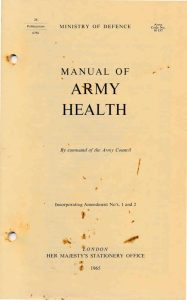

The British Army had centuries of experience of sending troops to hot climates in the Middle East and India. They knew that there was a need to acclimatise troops to hot and humid conditions. The science of acclimatisation was probably not very well understood but the practical aspects were very well established and had shown to be effective. To be effective they had to be implemented.
The RE Troop appear, from records, to have had a PTI who before they went out to Dhofar improved their level of physical fitness. This continued whilst they were “in theatre” but appears to have been, through necessity, compressed.
“Eddie Mcgee took us through fitness exercises for acclimatisation, we are pretty fit anyway as he prepared us well back in Ripon.”
Personal Diary Troop Cpl
“On our second day we had our “day on the beach”, with our PTI Eddie McGee”
e-mail Sid Pass
“we needed to acclimatise and thus I planned a week of training aimed at getting the Beavers used to working in the blistering heat and building up a protective tan on the skin. We did PT on the beach[ ] swam in the surf. We exposed our bodies to the merciless sun a little longer [ ]
On the fourth day we mounted a simple operation with the aim of building a corrugated iron school at a coastal village”
OC RE Troop
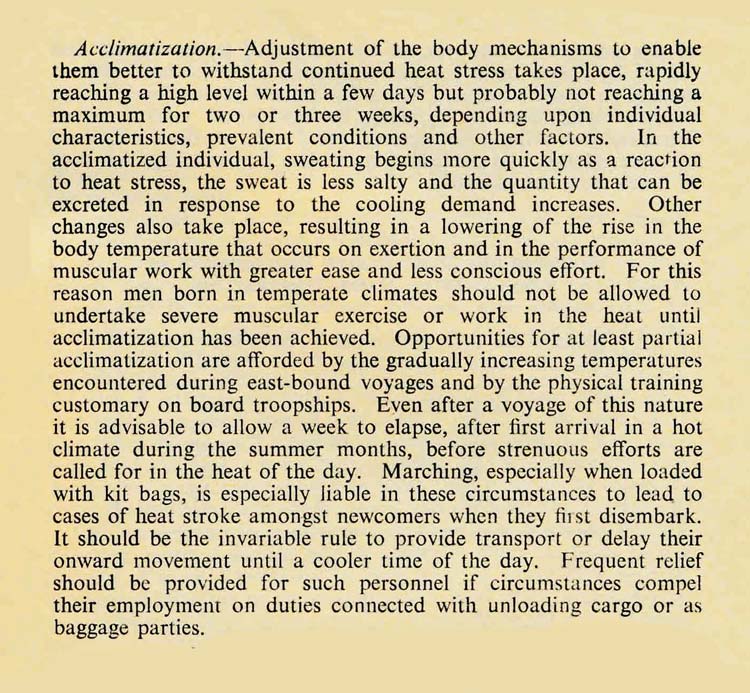
Whilst we in the FST did not have the benefit of a troopship to take us out to Dhofar we had what proved to be a quick trip in a VC-10 and a C-130. There was one day in Masirah, because the RAF did not fly on Sundays, which might have helped us adjust, then an Andover on to Salalah. Not much opportunity for old fashioned acclimatisation.
I have had a number of e-mails from former members of the SAS who stste that they had no dedicted programme for acclimatisation (whatever that might have been ) but relied on their very high levels of physical fitness to help them cope with the challenging conditions.
So what was the outcome ?
“We were only one troop with a few from HQ and I think there were about 70 when we went out but less than 40 came home on the return flight due to injury, illness and in some cases sunburn.” – (Stephen Dennis RE)
